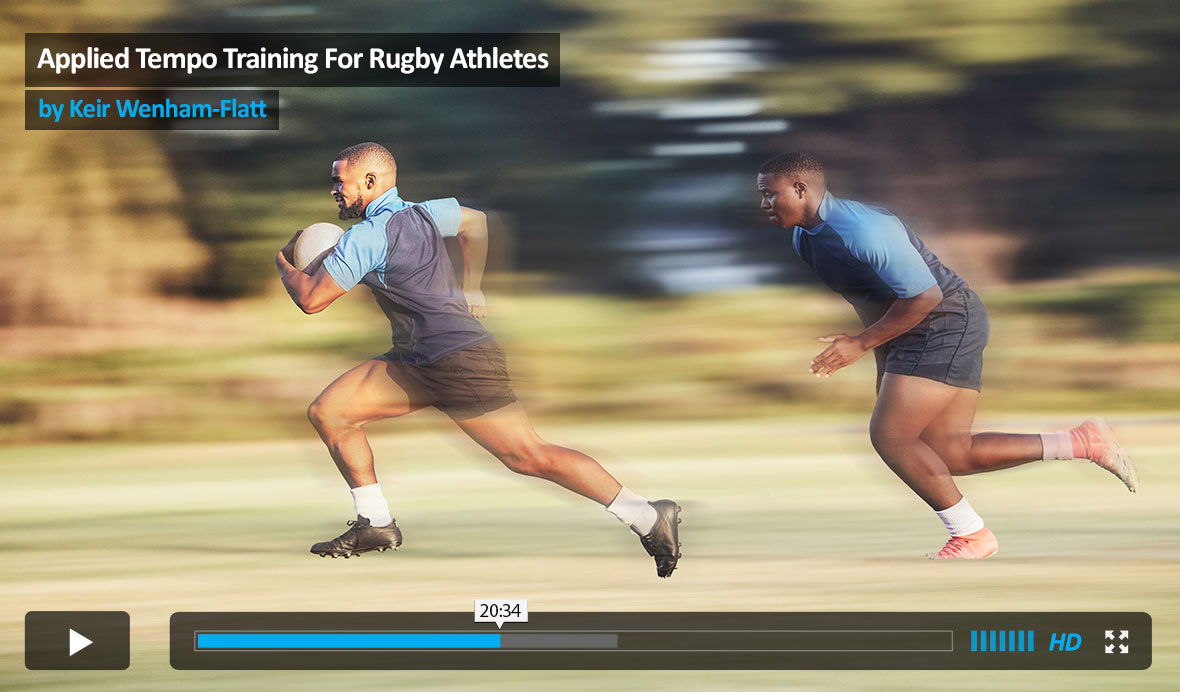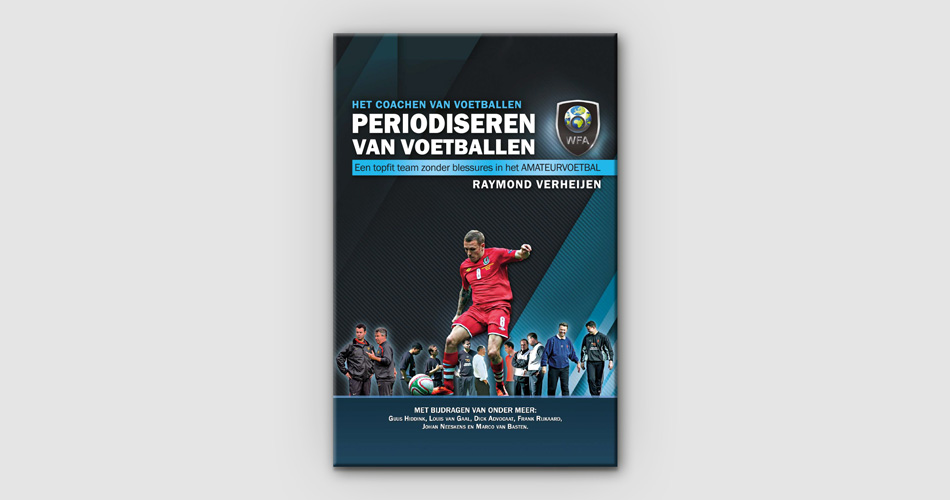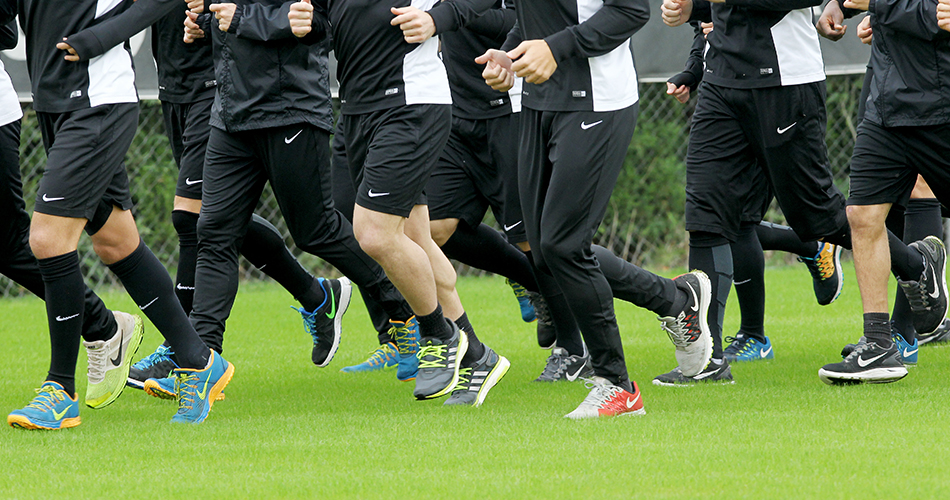Applied Tempo Training For Rugby Athletes
The webinar of the month will be delivered by Keir Wenham-Flatt, a rugby strength and conditioning specialist with professional experience across four continents. Keir has generously shared his outstanding video presentation with us, and we thank him both for that and for being a valued member of Complementary Training.
Introduction
In my recent work at Toshiba, I have focused heavily on using tempo training as the primary conditioning method for my athletes. Several factors led me to this choice:
- We don’t have enough HR monitors.
- I need a method to condition the entire squad at the same time.
- We lack off-feet training equipment—so if the players must run, tempo is the most practical option.
- Most importantly, I’ve shifted my perspective and decided to fully commit to this approach.
This presentation introduces tempo training, explains the possible mechanisms behind it, compares its value to traditional methods such as MAS running, examines standard track & field tempo recommendations (and why these don’t always fit rugby), and finally outlines the current tempo model I apply with my athletes.
Results
Due to data protection and company policy, I cannot share specific figures. However, since adopting this system, our team has broken all club GPS records in our first league game this season—covering greater total distance, achieving higher top speeds, and producing more high-intensity accelerations. Many players also set new personal bests, including one who ran over 1,000 meters more than his previous best, despite weighing 5kg more.
While multiple factors contribute to performance (such as opposition quality, weather, and pitch size), these conditions have remained consistent compared to last year. The key difference is that we now emphasize speed and conditioning properly. I credit part of these improvements to tempo training and look forward to refining this system during my remaining time with the club.











Responses